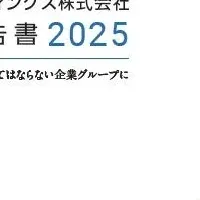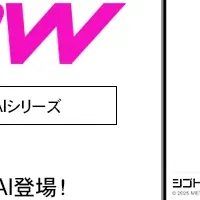
Exploring the 2024 Service Supply Chain Trends and Insights for 2025
Introduction
In the ever-evolving landscape of service supply chains, understanding the current trends and future projections is crucial for businesses aiming to thrive despite economic challenges. Baxter Planning, a prominent name in Service Supply Chain (SSC) technology, recently released its comprehensive insights for 2024. This analysis sheds light on critical factors such as inflation, demand dynamics, and inventory strategies that are shaping the industry landscape.
Key Findings
Inflation Pressure
The first noteworthy finding from Baxter Planning's report is the sustained inflation impacting service supply chains. Standard part costs surged by over 10% in 2024, reflecting a trend of monthly increases throughout the year. Businesses must brace for the possibility that inflation will continue to persist into 2025, compounded by potential tariffs and broader macroeconomic factors.
Demand Trends
Interestingly, even amidst rising costs, demand in the service supply chain sector grew by an impressive 14.5%. However, when adjusted for inflation, this growth appeared more subdued at less than 5%. This discrepancy highlights the nuanced landscape businesses are navigating, with increasing demands from clients and a rising complexity in operations.
Inventory Strategies
Inventory management emerged as a significant theme in the report. Overall, inventories experienced slight growth of 3.7%, yet when factoring in inflation, they actually decreased by more than 5%. This trend underscores a continued emphasis on cost efficiencies and a potential ongoing reduction of inventory that built up during the post-COVID era.
Efficiency Gains
As inventory levels adjusted, Baxter Planning also observed a remarkable spike in inventory velocity of 20.7% among its customers, resulting in more streamlined operations. This increase signifies an effective response to the rising demand combined with leaner inventory practices.
Steady Service Levels
Despite changes in inventory dynamics, service levels remained stable throughout the year, with fill rates and overall service quality witnessing only minor fluctuations of -0.7% and -0.1%, respectively. This stability is a testament to the dedication many companies have in maintaining customer satisfaction during challenging times.
Looking Ahead to 2025
As we look towards 2025, businesses appear cautiously optimistic. Anticipations for inflation have cooled somewhat, with projections remaining under 5%. However, concerns regarding the implications of tariffs remain mixed, with a 21% ratio suggesting any potential effects will be minor rather than crippling.
Chad Hawkinson, Chief Innovation Officer at Baxter Planning, noted, “These metrics highlight the Service Experience Storm our customers are navigating. With inflation exerting significant pressure, companies are finding ways to improve efficiency, control costs, and continue delivering exceptional service.” This encapsulates the essence of the challenges and strategies that define the sector.
About Baxter Planning
Baxter Planning stands at the forefront of service supply chain solutions, having provided technology that empowers organizations across the globe for over 30 years. Their comprehensive platform, BaxterPredict, aids businesses in optimizing various aspects of service parts management, thus enhancing customer experiences and fostering lasting loyalty. Headquartered in Austin, Texas, Baxter Planning continues to lead the charge in service supply chain innovation, ensuring clients can stay ahead in an increasingly competitive market.
Conclusion
In summary, the insights provided by Baxter Planning serve as a critical guide for businesses operating within the service supply chain framework. Understanding and adapting to trends in inflation, demand, and inventory management are essential for ensuring sustained success in 2025 and beyond. As the landscape continues to evolve, those businesses that leverage such insights will undoubtedly navigate these challenges more effectively.
Topics Business Technology)










【About Using Articles】
You can freely use the title and article content by linking to the page where the article is posted.
※ Images cannot be used.
【About Links】
Links are free to use.